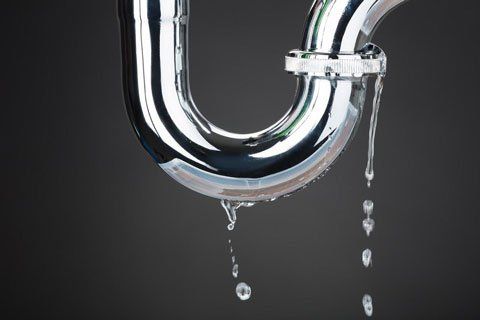How do you really feel about Locating water leaks?

Early discovery of leaking water lines can reduce a potential catastrophe. Some small water leaks may not be visible.
1. Check Out the Water Meter
Every home has a water meter. Checking it is a proven way that aids you find leaks. For beginners, turn off all the water sources. Guarantee nobody will purge, use the faucet, shower, run the washing maker or dish washer. From there, go to the meter and watch if it will alter. Given that no one is using it, there need to be no movements. If it relocates, that indicates a fast-moving leakage. If you identify no adjustments, wait a hr or 2 and also examine back again. This implies you might have a slow-moving leak that could even be underground.
2. Inspect Water Usage
Examine your water expenses as well as track your water intake. As the one paying it, you should observe if there are any kind of inconsistencies. If you detect sudden changes, despite your consumption coinciding, it implies that you have leakages in your plumbing system. Remember, your water bill need to drop under the exact same range every month. An abrupt spike in your costs shows a fast-moving leak.
A stable rise every month, also with the exact same habits, reveals you have a slow-moving leak that's additionally gradually intensifying. Call a plumber to completely check your residential or commercial property, especially if you feel a warm location on your floor with piping beneath.
3. Do a Food Coloring Test
30% comes from bathrooms when it comes to water intake. Test to see if they are running effectively. Drop flecks of food shade in the storage tank and also wait 10 minutes. If the color in some way infiltrates your dish throughout that time without flushing, there's a leak between the container and dish.
4. Asses Exterior Lines
Do not forget to examine your outside water lines also. Examination spigots by connecting a yard tube. Ought to water permeate out of the link, you have a loosened rubber gasket. Replace this and also make sure all connections are limited. It will certainly help get it skillfully checked out and also maintained yearly if you have actually got a lawn sprinkler system. One tiny leak can waste lots of water and also increase your water expense.
5. Examine the situation as well as inspect
Homeowners should make it a routine to inspect under the sink counters and even inside closets for any type of bad odor or mold and mildew development. These 2 red flags indicate a leakage so prompt focus is called for. Doing routine evaluations, even bi-annually, can conserve you from a major issue.
Check for discolorations and also weakening as many appliances and pipes have a life span. If you suspect leaking water lines in your plumbing system, don't wait for it to intensify.
Early discovery of dripping water lines can alleviate a potential disaster. Some tiny water leaks may not be noticeable. Inspecting it is a surefire way that helps you find leakages. One little leakage can throw away bunches of water and spike your water costs.
If you suspect leaking water lines in your plumbing system, do not wait for it to intensify.
WARNING SIGNS OF WATER LEAKAGE BEHIND THE WALL
PERSISTENT MUSTY ODORS
As water slowly drips from a leaky pipe inside the wall, flooring and sheetrock stay damp and develop an odor similar to wet cardboard. It generates a musty smell that can help you find hidden leaks.
MOLD IN UNUSUAL AREAS
Mold usually grows in wet areas like kitchens, baths and laundry rooms. If you spot the stuff on walls or baseboards in other rooms of the house, it’s a good indicator of undetected water leaks.
STAINS THAT GROW
When mold thrives around a leaky pipe, it sometimes takes hold on the inside surface of the affected wall. A growing stain on otherwise clean sheetrock is often your sign of a hidden plumbing problem.
PEELING OR BUBBLING WALLPAPER / PAINT
This clue is easy to miss in rooms that don’t get much use. When you see wallpaper separating along seams or paint bubbling or flaking off the wall, blame sheetrock that stays wet because of an undetected leak.
BUCKLED CEILINGS AND STAINED FLOORS
If ceilings or floors in bathrooms, kitchens or laundry areas develop structural problems, don’t rule out constant damp inside the walls. Wet sheetrock can affect adjacent framing, flooring and ceilings.
https://www.servicemasterbyzaba.com/blog/how-to-detect-water-leakage-in-walls/

I have been very drawn to Locating water leaks and I really hope you liked our blog posting. Sharing is nice. You just don't know, you might be helping someone out. Thanks so much for going through it.
Rely on our service.